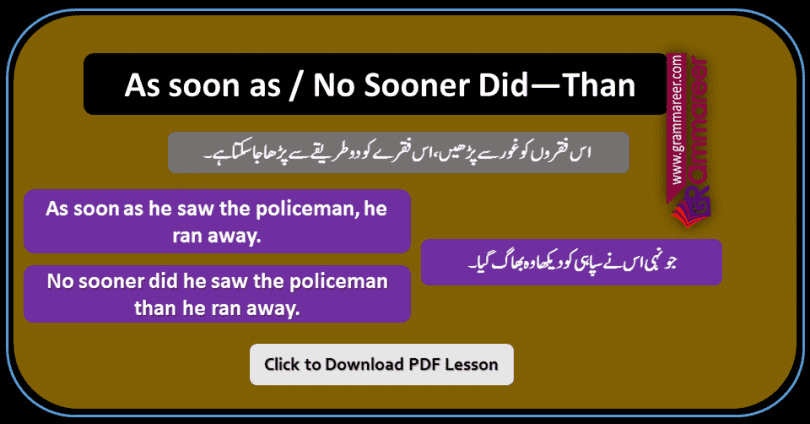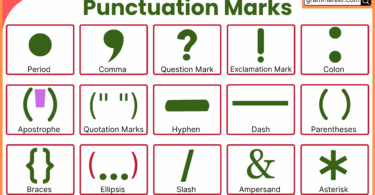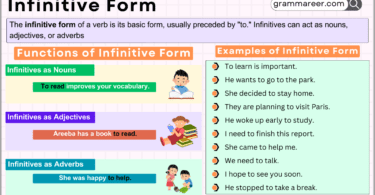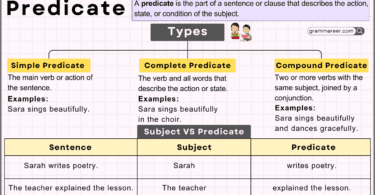In English grammar, we use expressions like “as soon as” and “no sooner than” to convey the idea that one event occurs immediately after another. Both expressions help us describe the relationship between two actions happening in close succession. However, the structure and usage of these two expressions differ, and understanding their nuances can enhance both written and spoken communication.
Table of Contents
As Soon As and No Sooner Than
1. As Soon As
The phrase “as soon as” is used to indicate that one action occurs immediately after another. It is the most straightforward way to describe a sequence of events. This expression does not require additional auxiliary verbs like “did” or “than.”
Structure of As Soon As:
- As soon as + subject + verb (1st form)
Examples of As Soon As:
- As soon as the bell rang, the students left the classroom.
جونہی گھنٹی بجی، طلباء کلاس سے باہر نکل گئے۔ - As soon as I saw her, I ran to greet her.
جیسے ہی میں نے اُسے دیکھا، میں اُسے ملنے کے لیے دوڑ گیا۔ - As soon as the meeting ended, he left the office.
جونہی میٹنگ ختم ہوئی، وہ دفتر سے چلا گیا۔ - As soon as the sun sets, we will go for a walk.
جیسے ہی سورج غروب ہوگا، ہم سیر کے لیے جائیں گے۔ - As soon as she heard the news, she burst into tears.
جونہی اُس نے خبر سنی، وہ رونے لگی۔
In each of these examples, the second action follows immediately after the first, showing a clear cause-and-effect relationship.
2. No Sooner Than
On the other hand, “no sooner” is a more emphatic way to describe a sequence of events that occur one right after the other. This expression is used to give emphasis to the speed or immediacy of one action after another. It always requires the auxiliary verb “did” (for present and past simple) or “had” (for past perfect), followed by the base form of the verb.
Structure of No Sooner Than:
- No sooner + did + subject + verb (1st form) + than
In addition, “no sooner” can also be used with “had” for the past perfect tense.
Examples of No Sooner Than:
- No sooner did he hear the sound than he ran to investigate.
جیسے ہی اُس نے آواز سنی، وہ تفتیش کے لیے دوڑ گیا۔ - No sooner did the rain stop than the children went outside.
جیسے ہی بارش رکی، بچے باہر چلے گئے۔ - No sooner had I arrived at the airport than the flight was announced.
جیسے ہی میں ہوائی اڈے پر پہنچا، پرواز کا اعلان کیا گیا۔ - No sooner did the teacher arrive than the students stood up.
جیسے ہی استاد پہنچے، طلباء کھڑے ہو گئے۔ - No sooner had she finished the dinner than the guests left.
جیسے ہی اُس نے کھانا ختم کیا، مہمان چلے گئے۔
3. Key Differences Between “As Soon As” and “No Sooner Than”
While both “as soon as” and “no sooner than” express actions happening in quick succession, there are key differences in their structure and usage:
(a) As Soon As:
- Simple structure: As soon as + subject + verb (1st form)
- Does not require auxiliary verbs like “did” or “than.”
- Used in both formal and informal contexts.
(b) No Sooner Than:
- Emphasizes immediacy: No sooner + did + subject + verb (1st form) + than
- Requires auxiliary verb “did” or “had” for past perfect tense.
- Often used in formal or literary contexts to give emphasis.
Conclusion
Both “as soon as” and “no sooner than” express the idea that one action happens right after another, but with different emphasis and grammatical structures. “As soon as” is simpler and more widely used in both spoken and written English, while “no sooner than” is used to emphasize the immediacy of the action, often in more formal contexts.
You May Also Like





